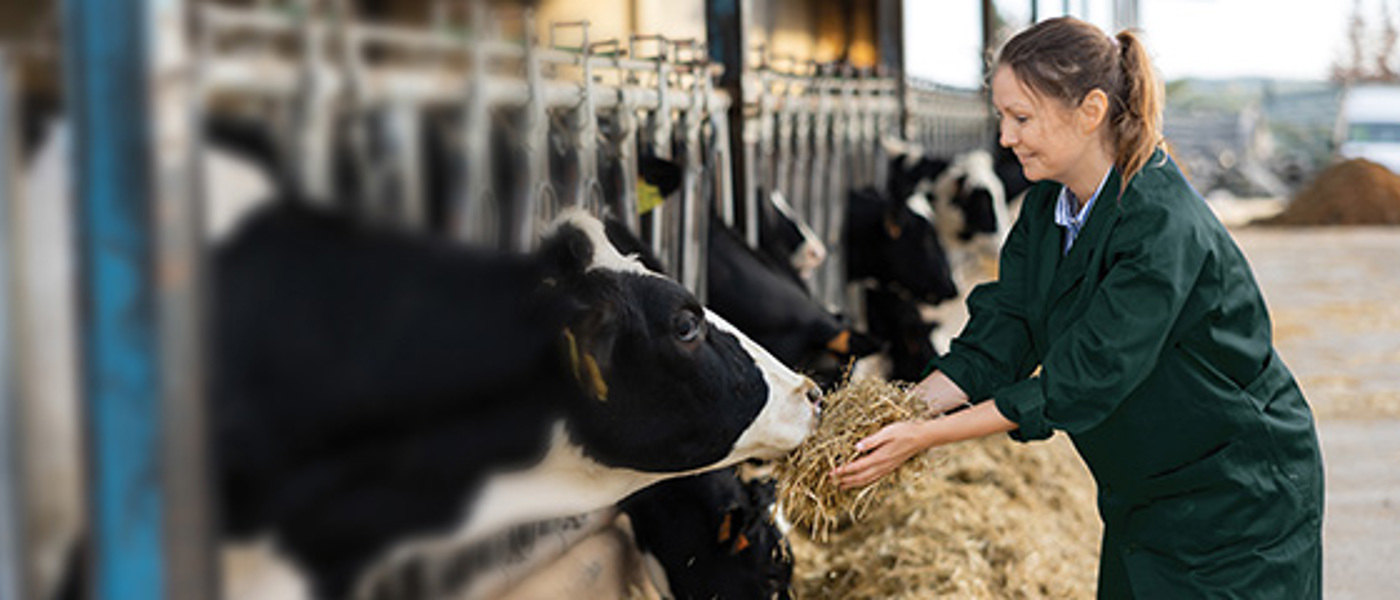Public safety and cattle: Sharing the countryside
When the seasons turn, and we welcome warmer weather once again, the British countryside becomes an irresistible destination for walkers seeking fresh air and natural beauty.

When the seasons turn, and we welcome warmer weather once again, the British countryside becomes an irresistible destination for walkers seeking fresh air and natural beauty.
With agricultural land making up 69% of the UK and an extensive network of public footpaths stretching over 140,000 miles across England and Wales, there are plenty of opportunities for members of the public and curious cattle to cross paths.
Crossing paths
Unfortunately, many walkers, ramblers, and dog owners have a limited understanding of livestock behaviour. Cattle are unpredictable, and protective animals. These traits can spell out trouble in the wrong circumstances.
Recent statistics from the Health and Safety Executive reveal 27 people in the UK were killed ‘as a result of farming and other agriculture-related activities during the year’, but many were caused directly by cattle-related incidents. Often, attacks are in response to the presence of a dog, triggering the cattle's protective instincts in response to a potential threat.
Understanding livestock
Cattle are naturally curious animals. They may approach and surround walkers and, despite often meaning no harm, can inadvertently cause harm due to their sheer weight alone. Cattle typically weigh between 800 and 4000lbs, meaning that if they accidentally knock a person over or step on them with their hooves, this can cause serious injury.
Bulls and cows who have recently given birth present a different type of risk, due to their protective and sometimes aggressive behaviour under certain circumstances.
Understanding the risk
A case in 2020 highlighted the harsh realities of the risk of cattle as a West Yorkshire farmer was given a six-month custodial sentence, suspended for 12 months, after his herd trampled a 57-year-old man to death and left his wife paralysed. The couple were attacked and trampled on by the herd after the farmer failed to segregate the cows, and their calves, from the public path. He pleaded guilty to breaching Section 3(2) of the Health & Safety at Work Act 1974.
Regulations surrounding cattle
While the updated Countryside Code places clear responsibility on the public to keep dogs under control and remain vigilant when walking among livestock, your farming clients also face significant legal obligations.
- The Animals Act 1971 – Establishes potential strict liability for damage caused by animals if certain conditions aren’t met
- Occupiers' Liability Act 1957 – Requires landowners to takes reasonable care for the safety of their visitors
Your clients may face liability claims if these conditions aren't met.
Mitigating the risk
Your farming clients need to give careful consideration as to where bulls, young stock, newly calved mothers, and animals with known behavioural issues graze. Read the latest health and safety guidance.
When it’s unavoidable to separate grazing cattle and the public, farmers can consider installing barriers such as fences or hedges along public footpaths to create physical separation between livestock and people. It’s important to alert the public with clear signage featuring the latest standardised warning signs.
Insurance considerations for farming clients
Comprehensive public liability coverage remains crucial for farmers, but insurers increasingly require evidence of proactive risk management.
As their broker, ensure:
- Any and all previous incidents are fully disclosed
- Risk management measures are documented and communicated to insurers
- Policy limits adequately reflect the potential severity of a claim
- Clients understand policy conditions relating to signage
- Annual reviews are undertaken to address any changes in livestock
By proactively addressing these risks with your farming clients, you will help to protect both their livelihood and the public’s safety.
Get in touch today
Brokers, speak to the Geo team today to find out how we can support your agricultural clients with specialist insurance cover.